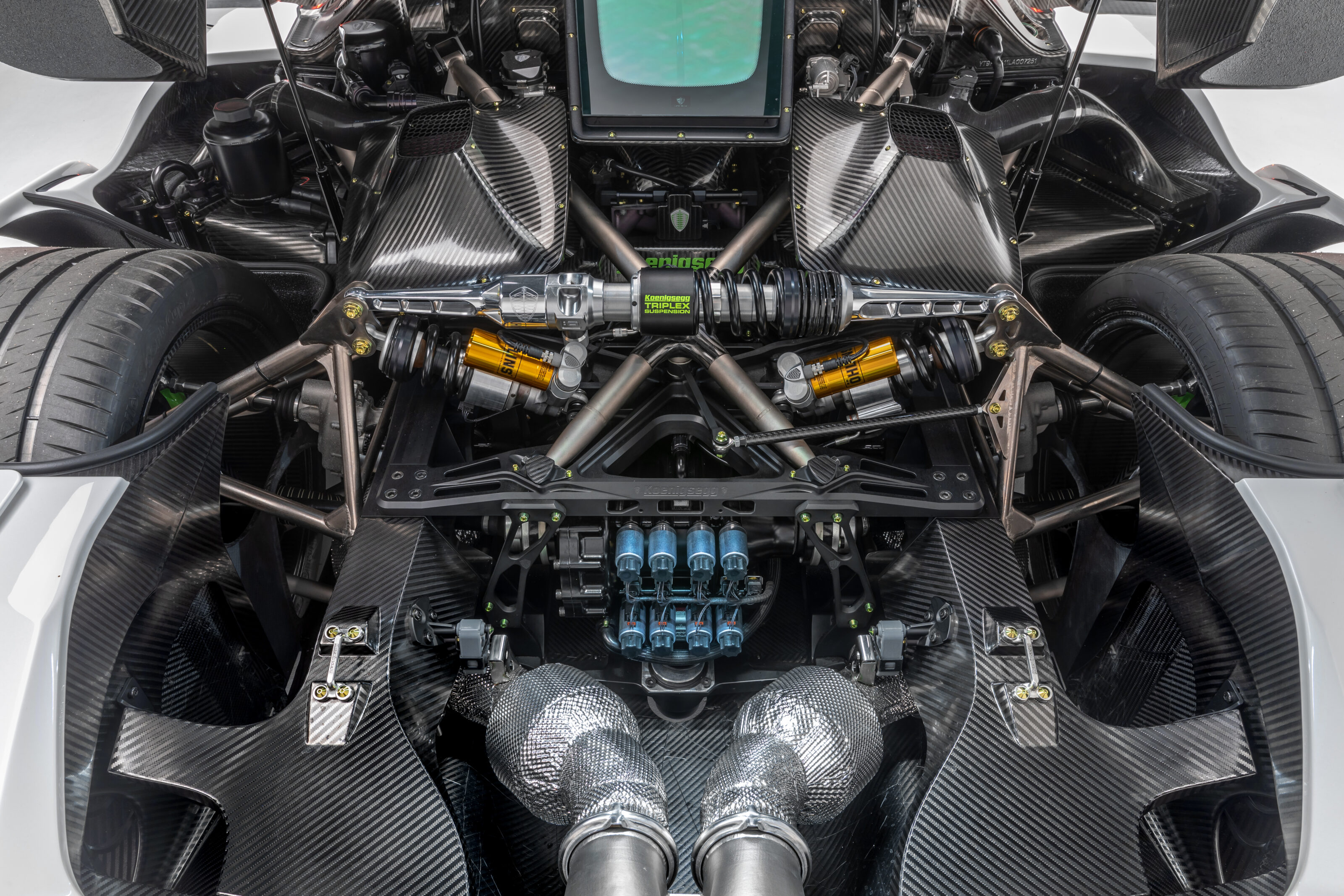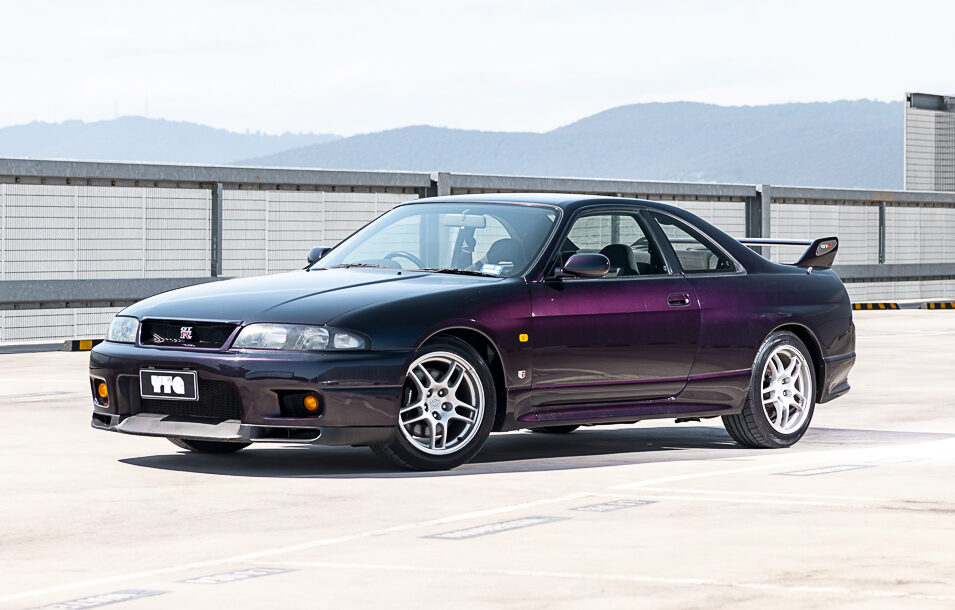Not content with simply powering vehicles with small explosions in their combustion chambers, Koenigsegg and Geely are looking to source power for future cars from something with a significantly bigger bang: volcanoes.
That’s not an exaggeration, with both manufacturers looking to source carbon from Icelandic volcanoes to concoct methanol-based alternative fuels. The pair have invested in an Icelandic company called Carbon Recycling International, which runs an innovative program that combines hydrogen and captured carbon to create methanol.
To source the C02 required, Carbon Recycling International built a plant on a semi-active volcano to harness emissions that would traditionally be released into the atmosphere. The end product is dubbed Vulcanol. But, unlike other synthetic fuels, the end product in this instance (while similarly artificial in its creation) is not refined beyond its alcohol state.
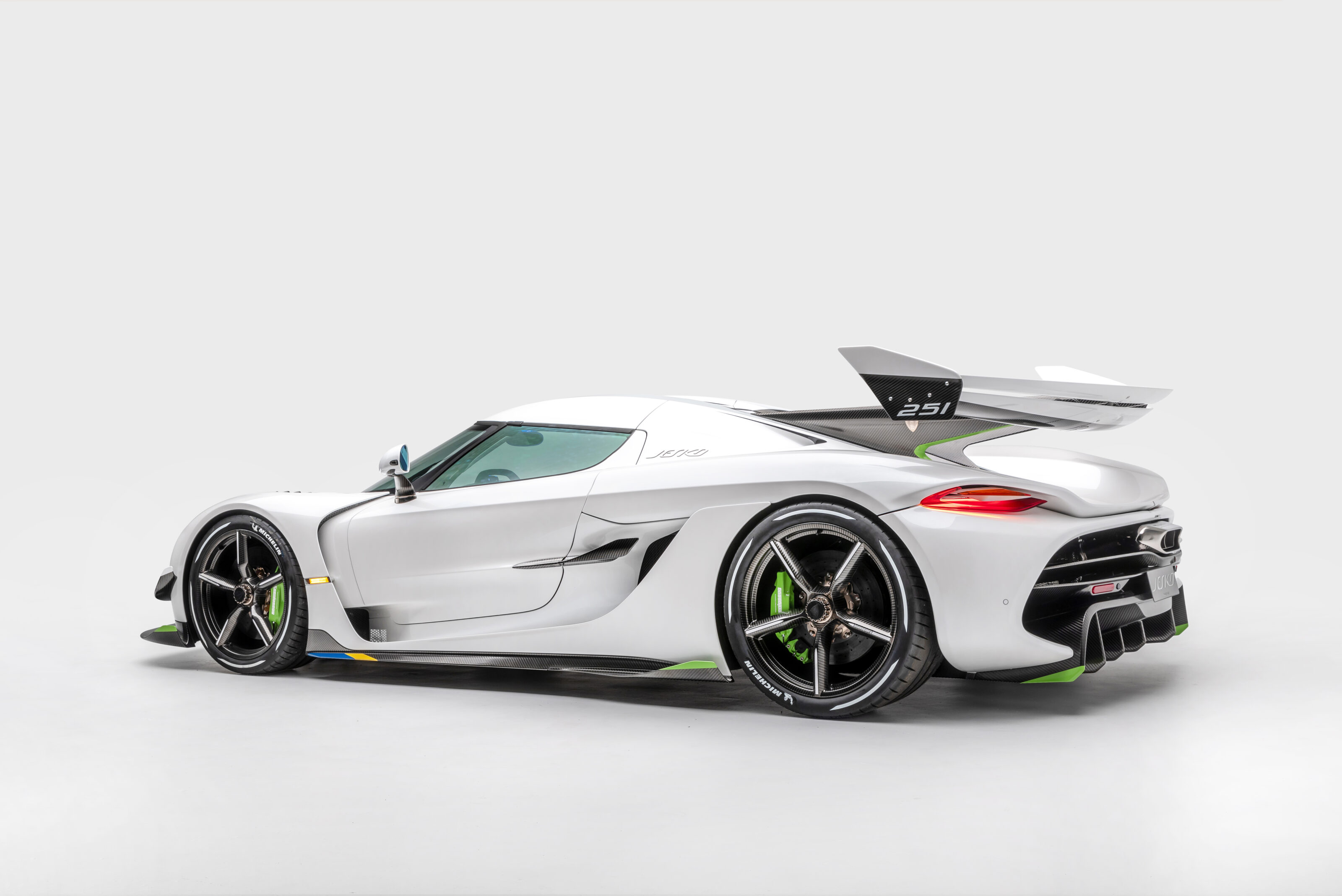
Christian von Koenigsegg told Bloomberg his interest in using volcanoes to create fuel stems from the fact it is “a very interesting way of creating an environmentally benign propulsion energy source.”
Benign is the key word there, with the final product still having some environmental impacts in its creation, particularly if the hydrogen isn’t sustainably harvested. However, under the right circumstances it could hypothetically become a carbon neutral process. Though the real benefit is capturing the carbon dioxide released from the volcano for transport uses first, instead of simply having it be released into the atmosphere.
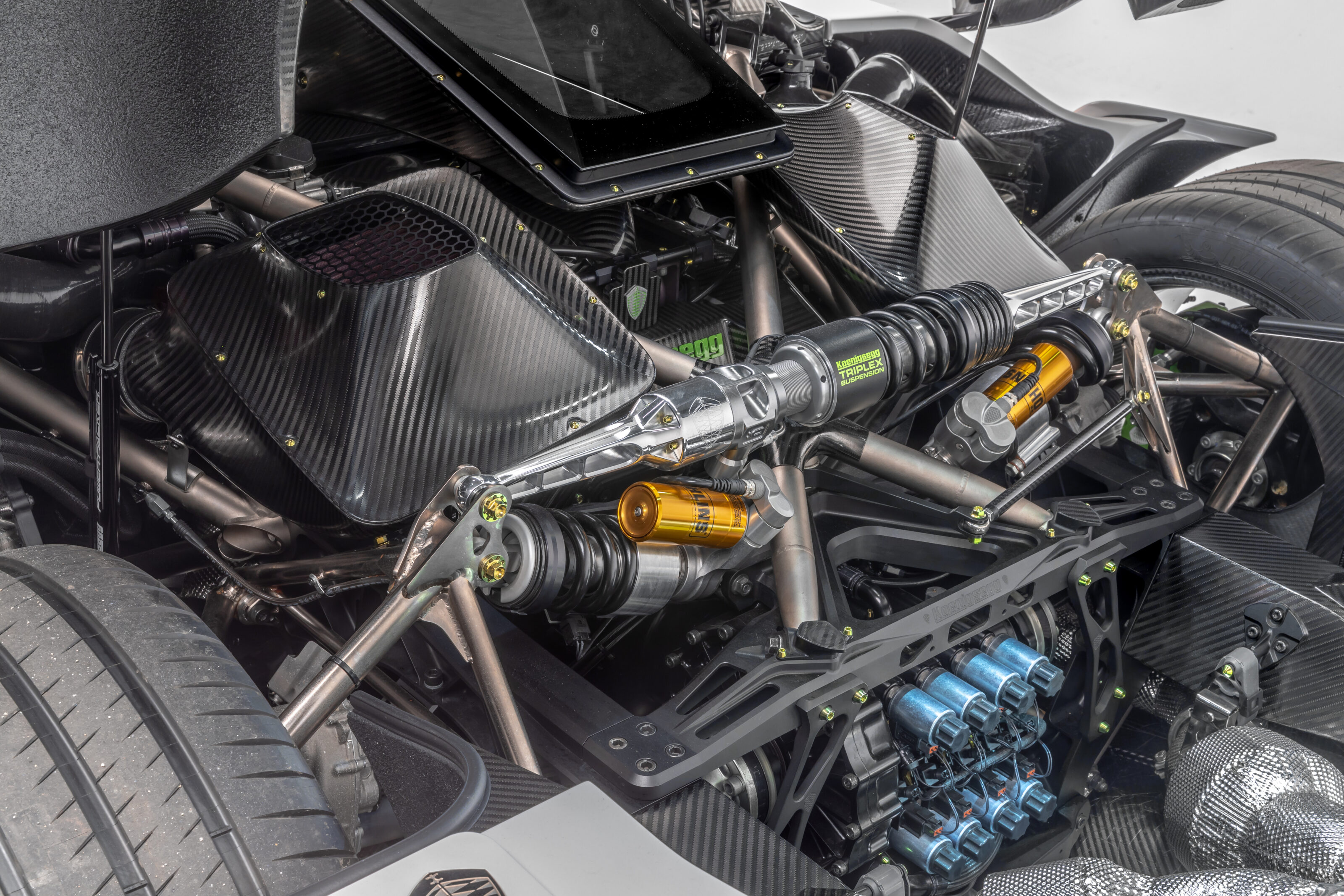
The Swedish hypercars manufacturer has been looking to advance its combustion engines for several years, with interest in alcohol fuels being a natural step forward.
“We’re not stuck in traditional combustion technology,” von Koenigsegg added. “The technology we develop there is really next-generation beyond anything else I’ve seen out in the marketplace, and also next-generation electrification, and combining these technologies in an interesting way to make our product stand out and be as competitive as we can with as little environmental footprint as possible.”

Geely’s interest in alcohol combustion, while sheened with certain environmental concern, is more intricately linked to China’s eagerness for energy independence. China has large stockpiles of coal, which can be used to create methanol, and is the largest market for methanol as a fuel source.
In fact, China uses more methanol in its fuel mix than anywhere in the world, and using it means the country isn’t as reliant on foreign oil supplies. In Shanghai for example the most common blend of fuel is 15 per cent methanol and 85 per cent gasoline.
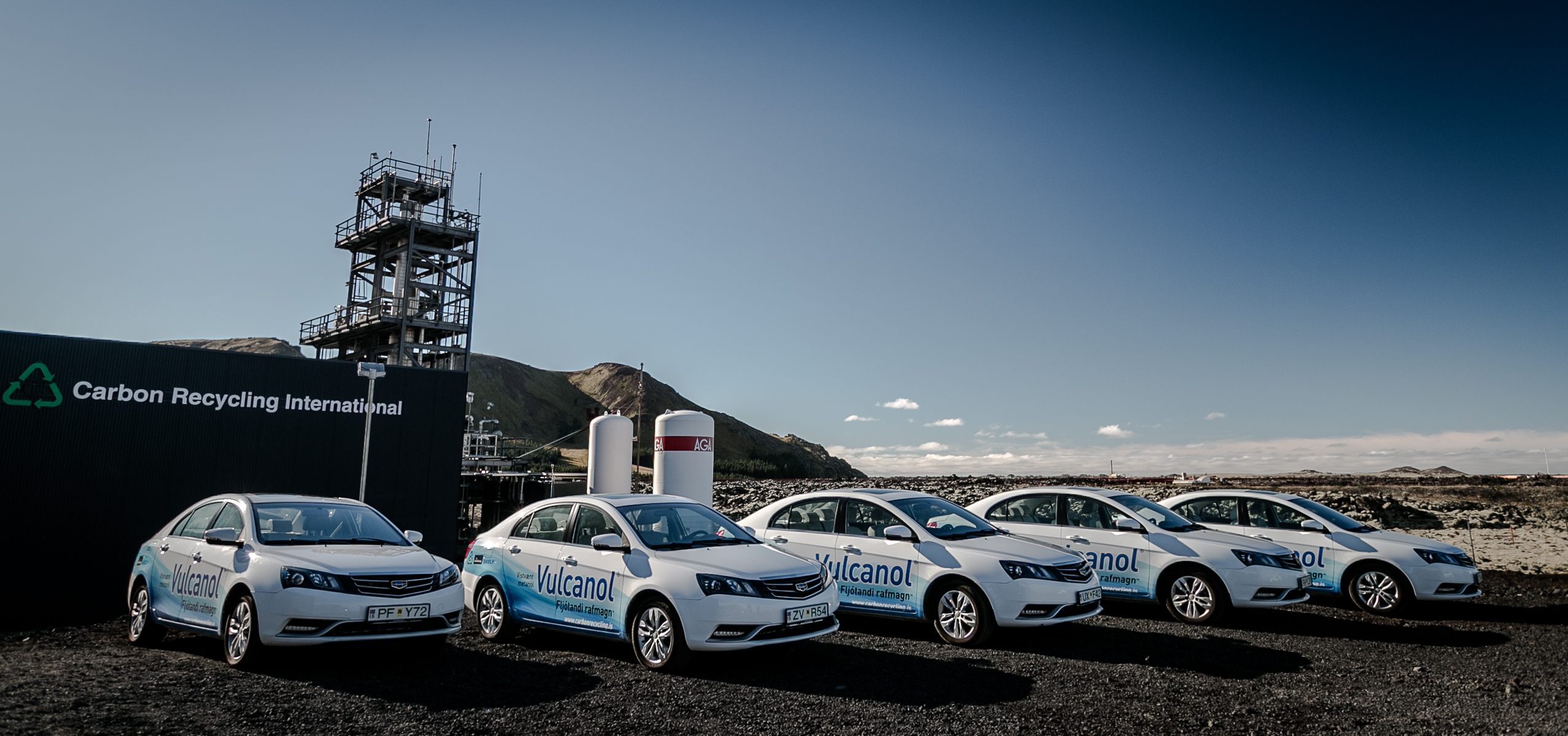
Despite the environmental and emission benefits of alcohol combustion being limited compared to alternative sources, Geely remains committed to the fuel source. “We will keep exploring methanol vehicle technologies,” Geely chairman Li Shufu said.
“Of course it might fail in the end, but currently we are still working on it.”
Using methanol in combustion vehicles isn’t a new concept – with several motorsport categories using alcohol as a primary fuel source – but using it in regular road cars is unique. Geely – which owns Volvo among other brands – is already testing methanol-powered taxis in some Chinese cities, and is developing trucks to run on the alcohol-based fuel as well.
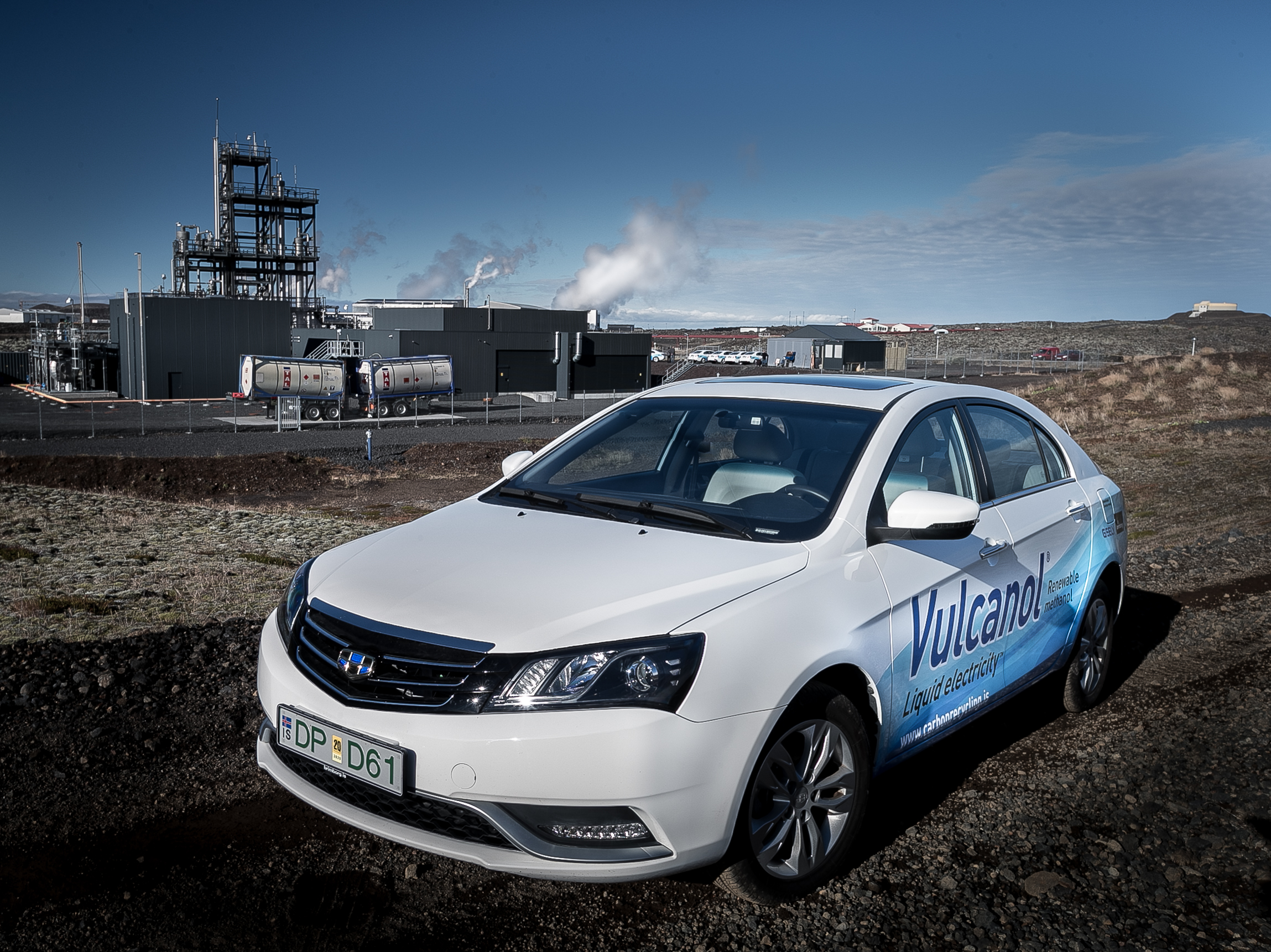
Currently the only production car in the world that runs on methanol is the Emgrand M100, a variant of the best-selling sedan in China (where it sells 20,000 units a month). It features a 1.8-litre engine capable of using both methanol and gasoline. Test cars utilise a 50-litre tank for the alcohol-based fuel, and 10-litre for regular unleaded. The vehicle is started using traditional gasoline, before switching to drinking methanol once the engine reaches a certain temperature.
During a 2017 test conducted by Carbon Recycling International and Geely, it was found that using methanol fuel created a 70 per cent reduction in C02 emissions in a virtual well-to-wheel comparison to traditional gasoline – including all associated manufacturing and distribution, along with tailpipe emissions.
While there are challenges facing widespread adoption, the use of methanol as a fuel could soon break from the confines of motorsport into the mainstream – and it could even come courtesy of volcanoes in Iceland.

Four things you have to know about methanol
1. The toughest test
In 2019 Geely competed in the Dakar Rally using a 100 per cent methanol-powered buggy. The crew finished second in class, and recorded the best result ever for a Chinese team and driver. In a race like Dakar, using methanol provided no performance benefit, with Geely mainly completing the race as a proof of concept.

2. Legal troubles
Before alcohol is used as a mass-market fuel there will need to be significant legislative changes around the world. Pure methanol is banned as a fuel for road cars in many places around the world – including Australia – making its adoption as much a regulatory challenge as a technical one.

3. If you’re not first…
Koenigsegg and Geely aren’t the first manufacturers to dabble in alcohol fuel sources. Mercedes-Benz first investigated using methanol in the ‘70s with a 450 SL that had a modified ignition and compression as high as 14:1. Test with a W123 found the intense evaporation of methanol acted as a coolant on the intake, with lower combustion chamber temperatures. Downsides? Twice the amount of fuel was required compared to gasoline.
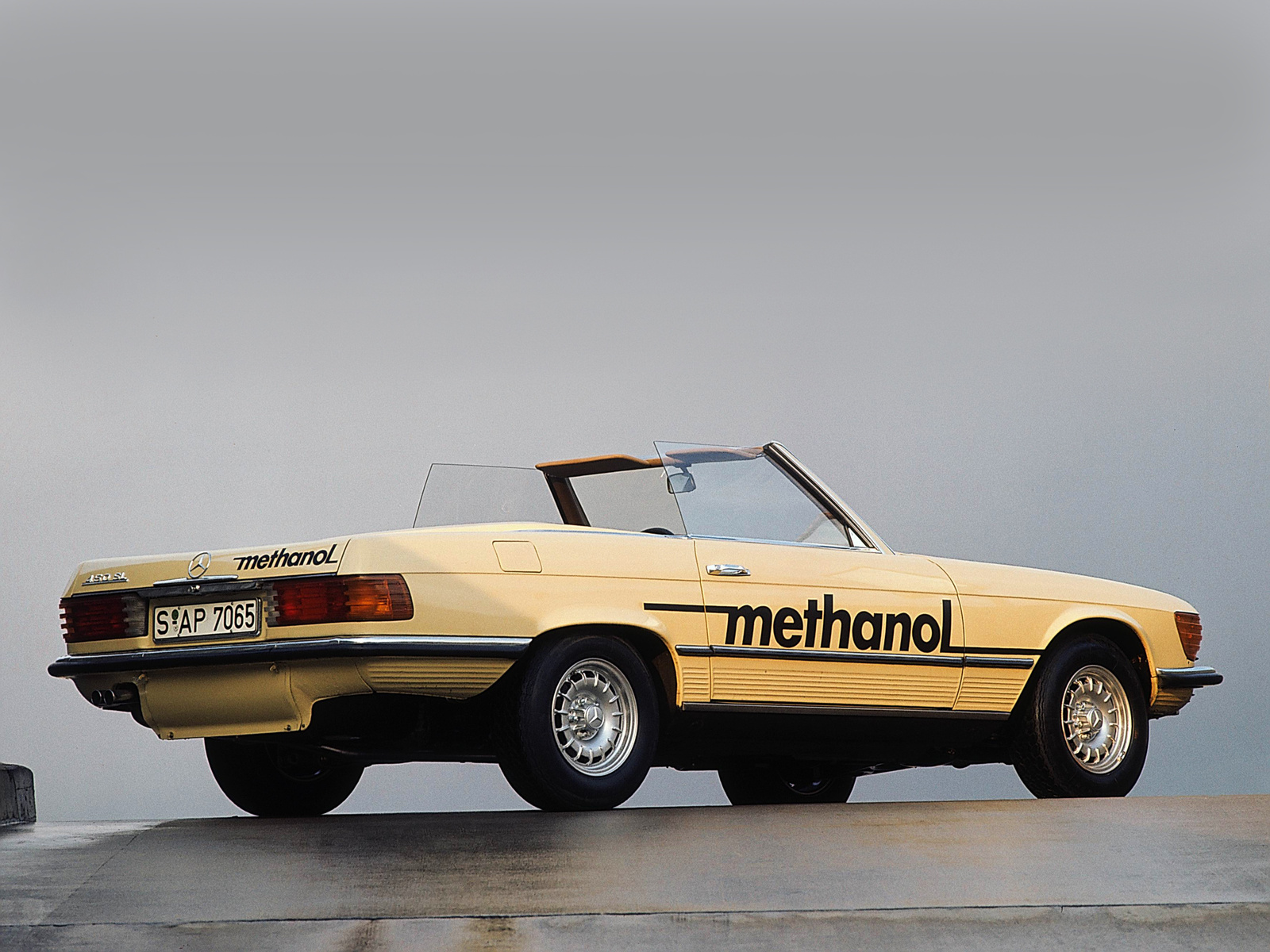
4. Big combustion in little Japan
Nissan revealed the NRV II concept car in 1982, which was rammed with ground-breaking technology for the time like LCD instruments, radar cruise control, and fibre optic controls. It was also powered by a 1.3-litre engine that ran on methanol, producing a humble 90kW. Modern technology could see that concept become a reality almost four decades later.
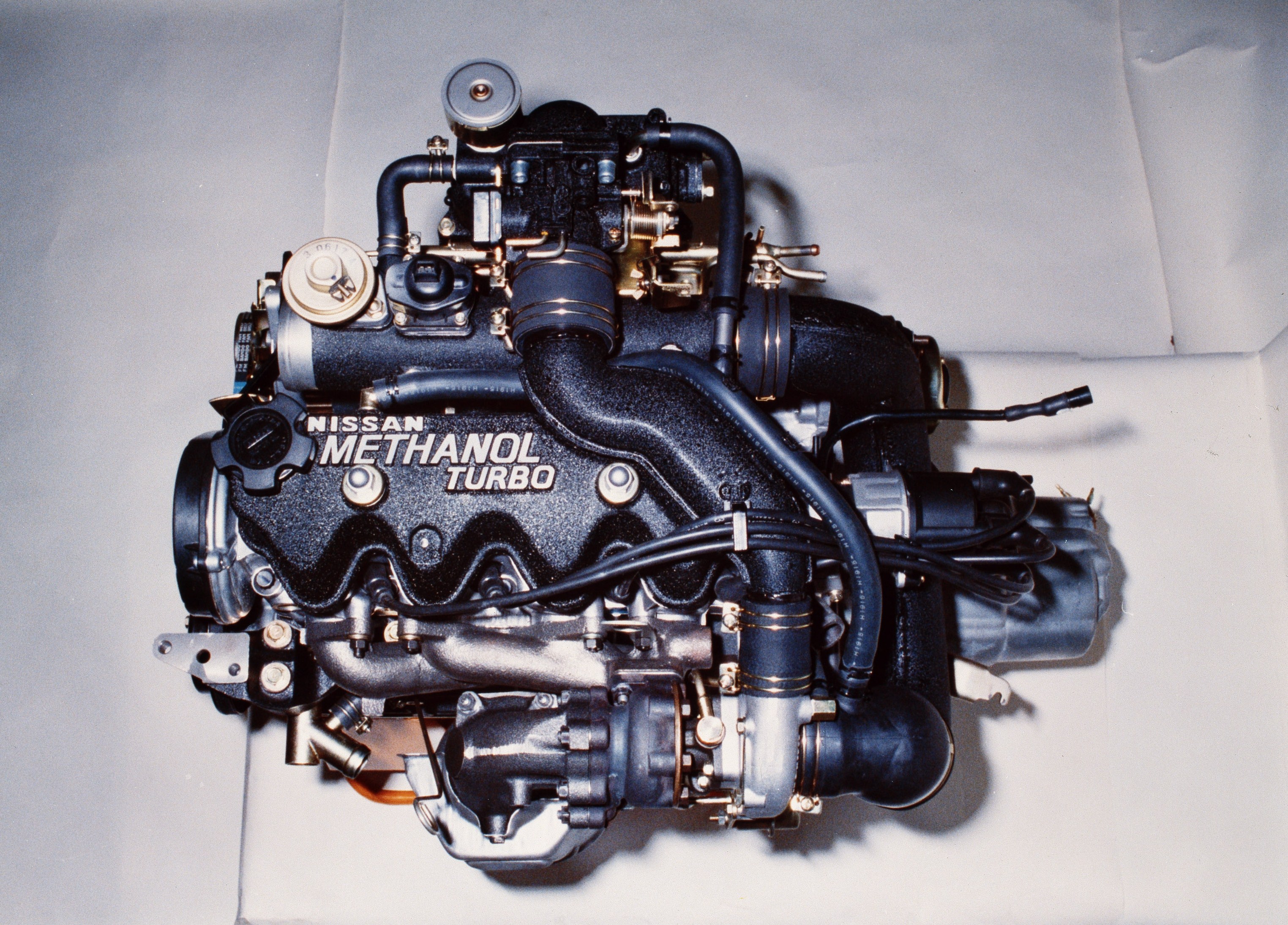
We recommend
-
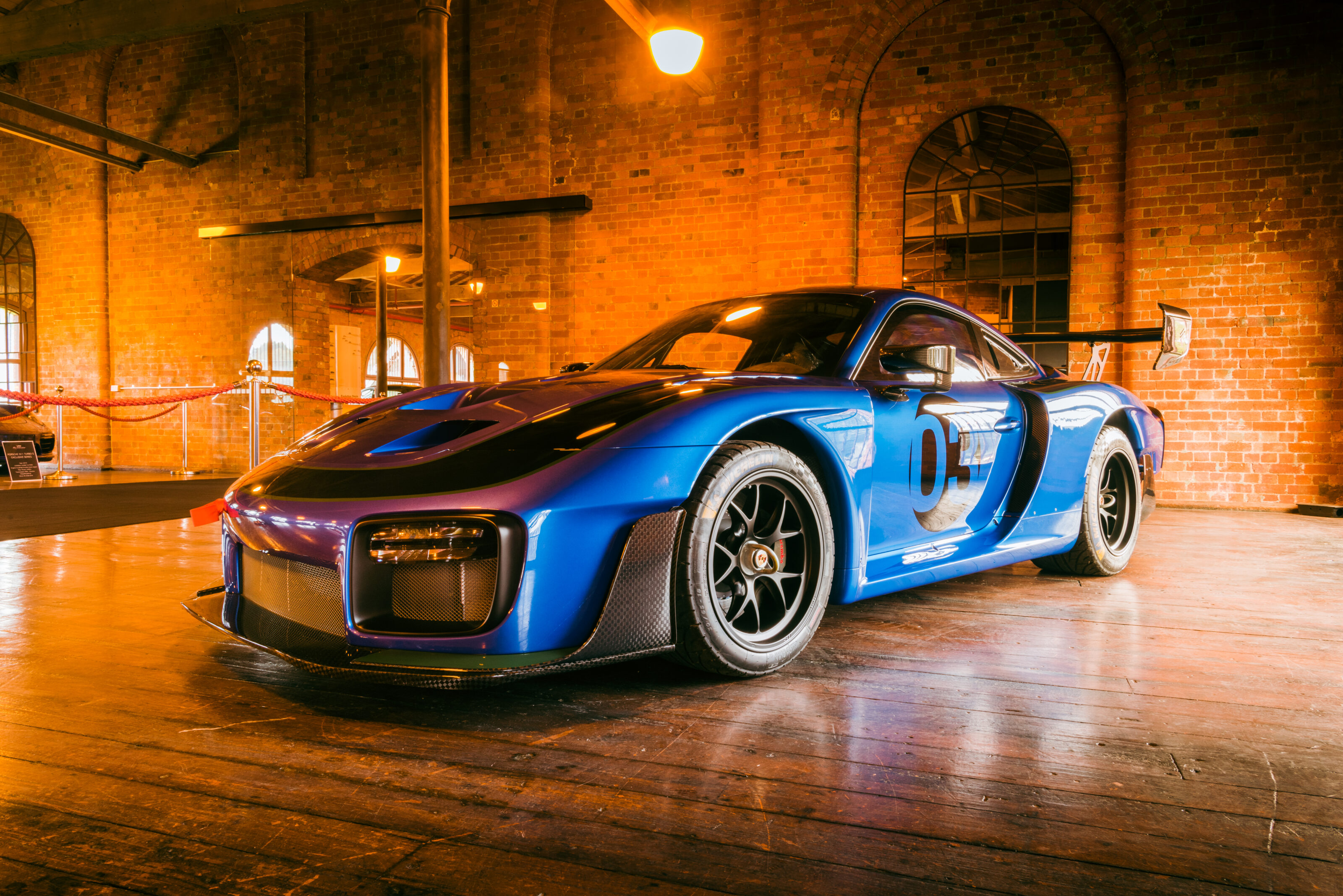 Features
FeaturesVideo: Porsche’s amazing Sapphire Blue collection lands at Fox Car Collection
Lindsay Fox acquires Gregor Piech’s private collection of Porsches
-
 Features
FeaturesWhat happened in MOTOR 16 years ago? We raced a really fast car against a really fast motorbike!
The year is 2005, and we want to know if a super fast car can compete with a super fast bike? Strap in for one fast blast into the past
-
 Features
FeaturesTech talk: Yamaha's electric monster
Maestros of internal combustion turn their attention to building tech for the next generation of electric hypercars


